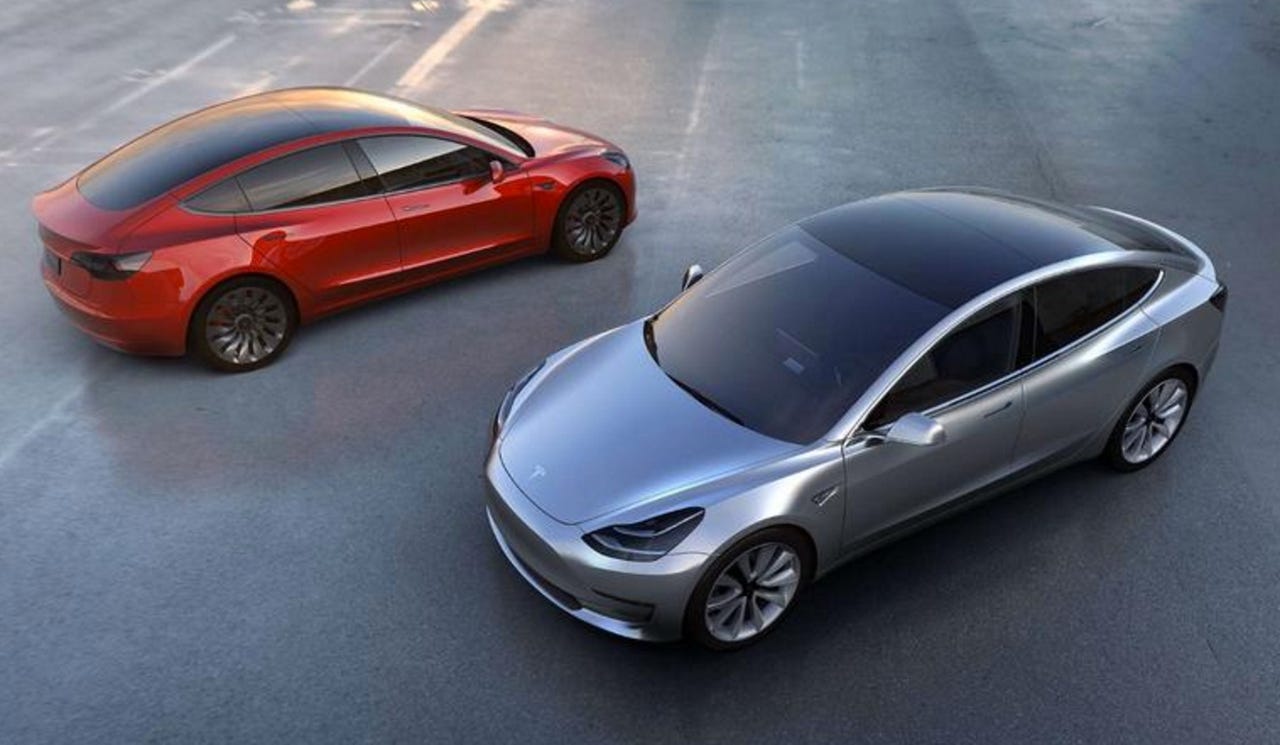Tesla's master plan: Pickup trucks, Autopilot push, solar tech


Elon Musk, Tesla's chief executive, has revealed plans to introduce new electric vehicles, car shares, and potentially merge Tesla and SolarCity to meet sustainability goals.
In an updated strategy outlined in a blog post this week, Musk said that solar power, a new range of electric vehicles (EVs), and investment in car pools will push the automaker towards a profit -- something which has so far eluded the company despite strong growth levels.
As the second part of Musk's "masterplan," the executive says he wants to bring out a "solar-roof-with-battery product" which individuals can install in their homes for generating their own energy. This, Musk says, is why Tesla is keen to buy SolarCity, a solar energy provider which uses Tesla battery packs in solar projects.
Tesla offered to buy SolarCity in a deal worth almost $3 billion in June, but the news did not go down well with investors.
Despite the shares dip, Tesla says the acquisition would push the company's goal of sustainability forward.
Musk also said that he wants the Tesla car range, which currently starts at $70,000 and is backed up with orders, to offer a wider range of electric vehicles.
"With the Model 3, a future compact SUV, and a new kind of pickup truck, we plan to address most of the consumer market," Musk said. "A lower cost vehicle than the Model 3 is unlikely to be necessary."
Tesla will also develop heavy-duty trucks and people carriers for urban transport in the future, of which Musk says are in the "early stages of development" but should be revealed next year.
The automaker also wants to create fleets of electric vehicles for car-sharing pools. While the executive hopes that when "true" self-driving is approved by regulators you will simply be able to summon your ride from anywhere, in the meantime, Tesla vehicle owners will be able to join their car to a pool for use while they are at work or on vacation.
Musk says that these kinds of schemes could "significantly" offset loans or leases, which in turn could drive down the true cost of ownership and give "almost anyone" the chance to own a Tesla.
Another stage of Musk's master plan relates to Autopilot, a self-driving system which pilots a Tesla vehicle through motorways and traffic without human input. The system has recently come under fire by regulators after a Tesla driver was killed with Autopilot enabled.
The automaker updated the software following the collision, but this hasn't scuppered Musk's goals. The CEO stressed that Autopilot is in beta and drivers are made aware of that, but says that even partial autonomy is "significantly safer" than the average human driver -- and therefore it would "be morally reprehensible to delay release simply for fear of bad press or some mercantile calculation of legal liability".
"Once we get to the point where Autopilot is approximately 10 times safer than the US vehicle average, the beta label will be removed," Musk writes.
According to The Wall Street Journal, the "master plan" has so far put Tesla into a $4.2 billion deficit, and so such plans over the next few years might be considered audacious -- even with high vehicle prices. Tesla can only hope these aspirations lead to profit, or all of Musk's dreams may not come to fruition.